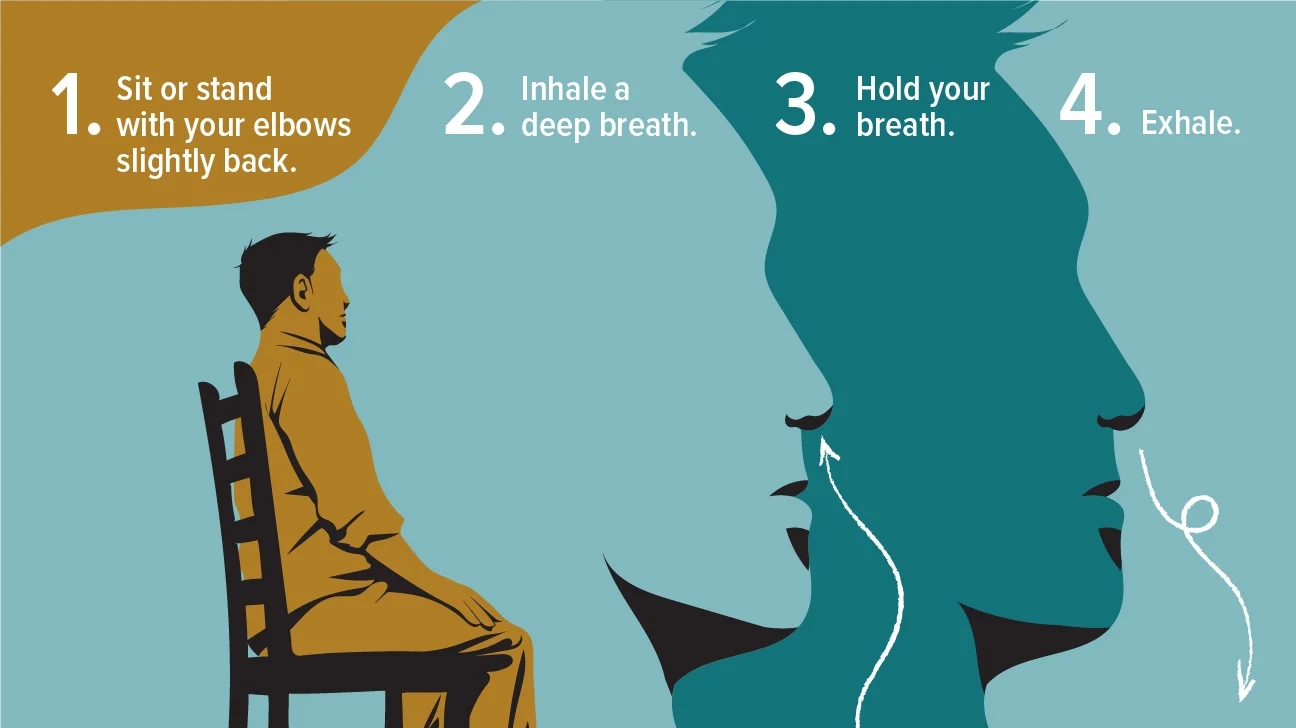Yoga has been practiced for centuries and is known for its numerous physical and mental health benefits. One of the most significant benefits of yoga is its ability to reduce anxiety. In this article, we will explore the benefits of yoga for anxiety, the best yoga poses to alleviate anxiety, breathing exercises to calm the mind, yoga sequences for anxiety relief, and tips for incorporating yoga into your daily routine.
Benefits of yoga for anxiety
Reduces stress
Yoga is a powerful tool for stress reduction. By engaging in yoga practice, you can release tension and promote relaxation in both your body and mind.
The combination of physical movement, deep breathing, and mindfulness helps to calm the nervous system and reduce the production of stress hormones.
Promotes relaxation
One of the primary benefits of yoga for anxiety is its ability to promote relaxation. Through various yoga poses and breathing techniques, you can activate the body’s relaxation response, which counteracts the fight-or-flight response associated with anxiety.
Regular yoga practice can help you develop a sense of calm and tranquility, even in the face of stressful situations.
Improves sleep quality
Anxiety often disrupts sleep, leading to insomnia or restless nights. Yoga can help improve sleep quality by reducing anxiety and promoting relaxation.
Certain yoga poses and breathing exercises can help calm the mind, release tension in the body, and prepare you for a restful night’s sleep.
Increases mindfulness
Mindfulness is the practice of being fully present in the moment, without judgment. Yoga encourages mindfulness by focusing on the breath, body sensations, and the present moment.
By cultivating mindfulness through yoga, you can develop a greater awareness of your thoughts and emotions, allowing you to better manage anxiety and stress.
Best yoga poses for anxiety
Child’s pose
Child’s pose is a gentle resting pose that helps to calm the mind and release tension in the body. To practice child’s pose, kneel on the floor, sit back on your heels, and fold your torso forward, resting your forehead on the mat.
Extend your arms forward or alongside your body, whichever feels more comfortable. Stay in this pose for several breaths, allowing yourself to surrender and let go of any anxiety or stress.
Forward fold
Forward fold is a standing pose that helps to release tension in the back, neck, and shoulders. To practice forward fold, stand with your feet hip-width apart, hinge forward at the hips, and let your upper body hang over your legs. Allow your head and neck to relax.
You can bend your knees slightly if needed. Take deep breaths in this pose, feeling the release of tension with each exhale.
Legs up the wall
Legs up the wall is a restorative pose that promotes relaxation and improves circulation. To practice legs up the wall, lie on your back with your legs extended up against a wall.
You can place a folded blanket or bolster under your hips for support. Close your eyes and focus on your breath as you allow your body to relax and release tension.
Corpse pose
Corpse pose, also known as Savasana, is a final relaxation pose that allows the body and mind to fully relax and integrate the benefits of the practice.
To practice corpse pose, lie on your back with your legs extended and your arms relaxed by your sides. Close your eyes and focus on your breath, allowing your body to melt into the floor. Stay in this pose for several minutes, enjoying the deep relaxation it provides.
Breathing exercises for anxiety
Deep belly breathing
Deep belly breathing, also known as diaphragmatic breathing, is a simple yet effective technique for calming the mind and reducing anxiety. To practice deep belly breathing, sit or lie down in a comfortable position.
Place one hand on your belly and the other on your chest. Take a deep breath in through your nose, allowing your belly to rise as you fill your lungs with air. Exhale slowly through your mouth, feeling your belly sink back down. Repeat this breathing pattern for several minutes, focusing on the sensation of your breath.
Alternate nostril breathing
Alternate nostril breathing is a balancing breathing technique that helps to calm the mind and restore equilibrium. To practice alternate nostril breathing, sit in a comfortable position and bring your right hand to your face.
Use your right thumb to close your right nostril and inhale deeply through your left nostril. Then, close your left nostril with your ring finger and exhale through your right nostril. Inhale through your right nostril, close it with your thumb, and exhale through your left nostril.
Continue this pattern for several minutes, alternating nostrils with each breath.
4-7-8 breathing
4-7-8 breathing, also known as the relaxing breath, is a simple technique that can quickly calm the mind and reduce anxiety.
To practice 4-7-8 breathing, sit or lie down in a comfortable position. Close your eyes and take a deep breath in through your nose for a count of four.
Hold your breath for a count of seven. Then, exhale slowly through your mouth for a count of eight. Repeat this breathing pattern for several rounds, focusing on the rhythm and length of your breath.
Yoga sequences for anxiety relief
Make sure you get started with good equipments:
Morning energizing sequence
– Mountain pose
– Sun salutations
– Warrior II pose
– Tree pose
– Camel pose
– Bridge pose
– Seated forward fold
– Corpse pose
Evening wind-down sequence
– Child’s pose
– Cat-cow pose
– Standing forward fold
– Legs up the wall
– Supine twist
– Supported shoulderstand
– Seated meditation
– Corpse pose
Tips for incorporating yoga into your daily routine
– Start with short yoga sessions and gradually increase the duration as you become more comfortable.
– Find a quiet and peaceful space where you can practice yoga without distractions.
– Set a regular schedule for your yoga practice to make it a consistent part of your daily routine.
– Experiment with different styles of yoga to find what resonates with you and helps alleviate your anxiety.
– Practice self-compassion and listen to your body’s needs. Modify poses or take breaks as necessary.
– Consider joining a yoga class or finding an online yoga community for support and guidance.
Conclusion
Incorporating yoga into your daily routine can be a powerful tool for reducing anxiety and promoting overall well-being. By practicing yoga poses, breathing exercises, and mindfulness techniques, you can release tension, promote relaxation, improve sleep quality, and increase mindfulness.
Whether you choose to practice yoga in the morning or evening, find a sequence that suits your needs, and make it a consistent part of your routine.
Embrace the transformative power of yoga and experience the benefits it can bring to your life.
Originally posted 2023-06-27 09:21:55.








